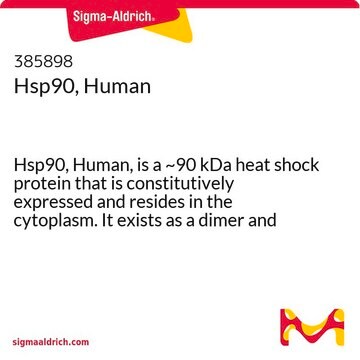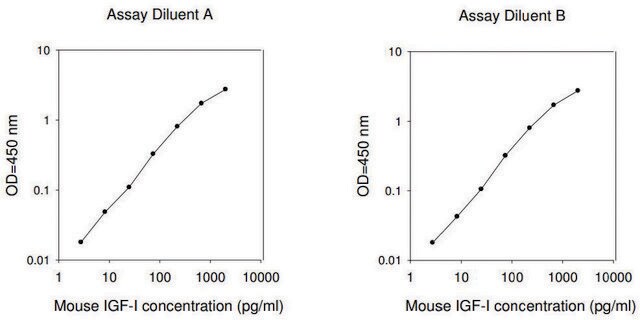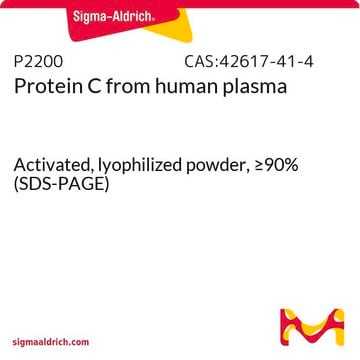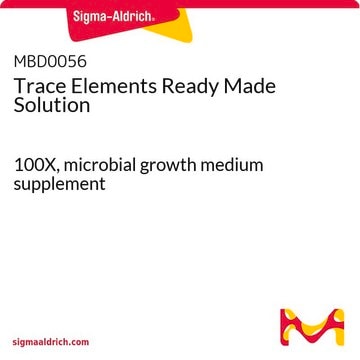SRP2100
MAX dimerization protein 1 (MAD) human
recombinant, expressed in E. coli, ≥80% (SDS-PAGE)
Synonym(s):
BHLHC58, MAD, MAD1, MGC104659
Sign Into View Organizational & Contract Pricing
All Photos(1)
About This Item
UNSPSC Code:
12352202
NACRES:
NA.26
Recommended Products
biological source
human
recombinant
expressed in E. coli
Assay
≥80% (SDS-PAGE)
form
frozen liquid
mol wt
~26.6 kDa
packaging
pkg of 10 μg
concentration
1200 μg/mL
color
clear colorless
NCBI accession no.
UniProt accession no.
shipped in
dry ice
storage temp.
−70°C
Gene Information
human ... MXD1(4084)
Biochem/physiol Actions
MAX dimerization protein belongs to a subfamily of MAX-interacting proteins. This protein competes with MYC for binding to MAX to form a sequence-specific DNA-binding complex, acting as a transcriptional repressor (while MYC appears to function as an activator) and is a candidate tumor suppressor. Both Myc and Mad, as well as the more recently described Mnt and Mga proteins, form heterodimers with Max, permitting binding to specific DNA sequences. These DNA-bound heterodimers recruit coactivator or corepressor complexes that generate alterations in chromatin structure, which in turn modulate transcription. The wild-type c-Myc and c-Myc/MadBR proteins have indistinguishable biological activity and target gene recognition in vivo.
Physical form
Clear and colorless frozen liquid solution
Preparation Note
Use a manual defrost freezer and avoid repeated freeze-thaw cycles. While working, please keep sample on ice.
Storage Class Code
10 - Combustible liquids
WGK
WGK 1
Flash Point(F)
Not applicable
Flash Point(C)
Not applicable
Certificates of Analysis (COA)
Search for Certificates of Analysis (COA) by entering the products Lot/Batch Number. Lot and Batch Numbers can be found on a product’s label following the words ‘Lot’ or ‘Batch’.
Already Own This Product?
Find documentation for the products that you have recently purchased in the Document Library.
Mikhail A Nikiforov et al.
The Journal of biological chemistry, 278(13), 11094-11099 (2003-01-23)
The Myc/Max/Mad family of transcription factors plays a fundamental role in the regulation of cell proliferation, oncogenic transformation, and cell differentiation. However, it remains unclear whether different heterodimers, such as Myc/Max and Mad/Max, recognize the same or different target genes
C Grandori et al.
Annual review of cell and developmental biology, 16, 653-699 (2000-10-14)
The Myc/Max/Mad network comprises a group of transcription factors whose distinct interactions result in gene-specific transcriptional activation or repression. A great deal of research indicates that the functions of the network play roles in cell proliferation, differentiation, and death. In
Our team of scientists has experience in all areas of research including Life Science, Material Science, Chemical Synthesis, Chromatography, Analytical and many others.
Contact Technical Service







